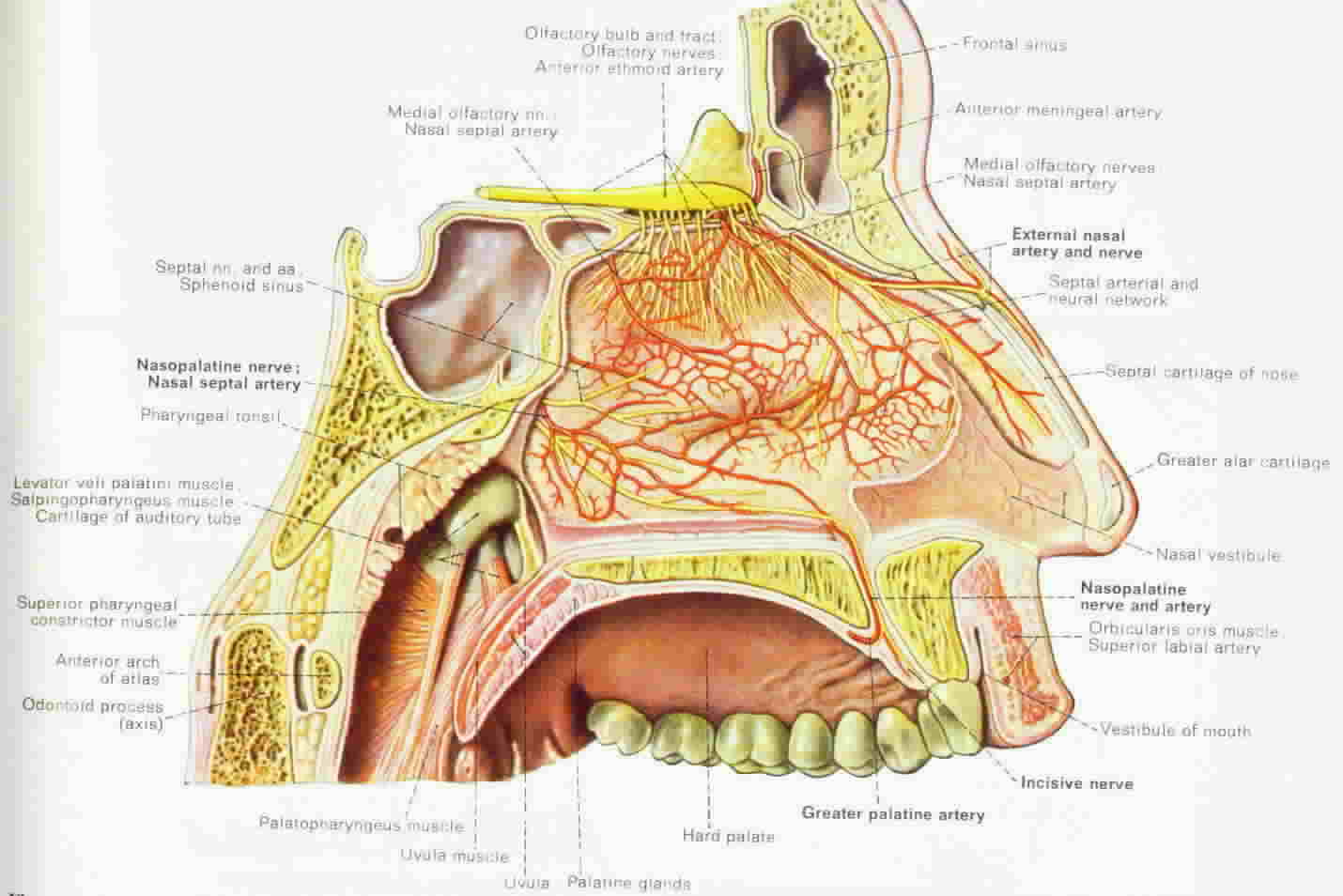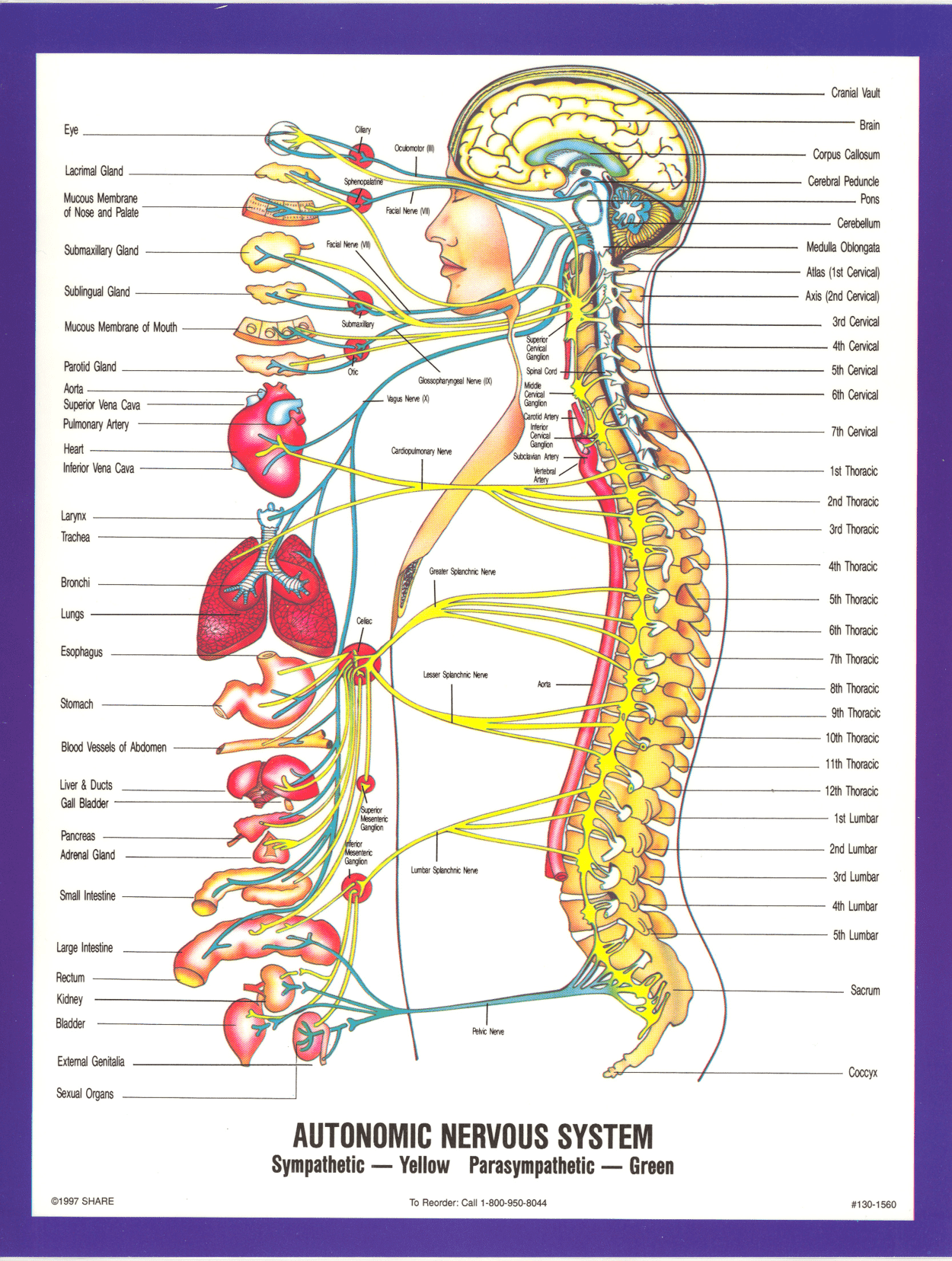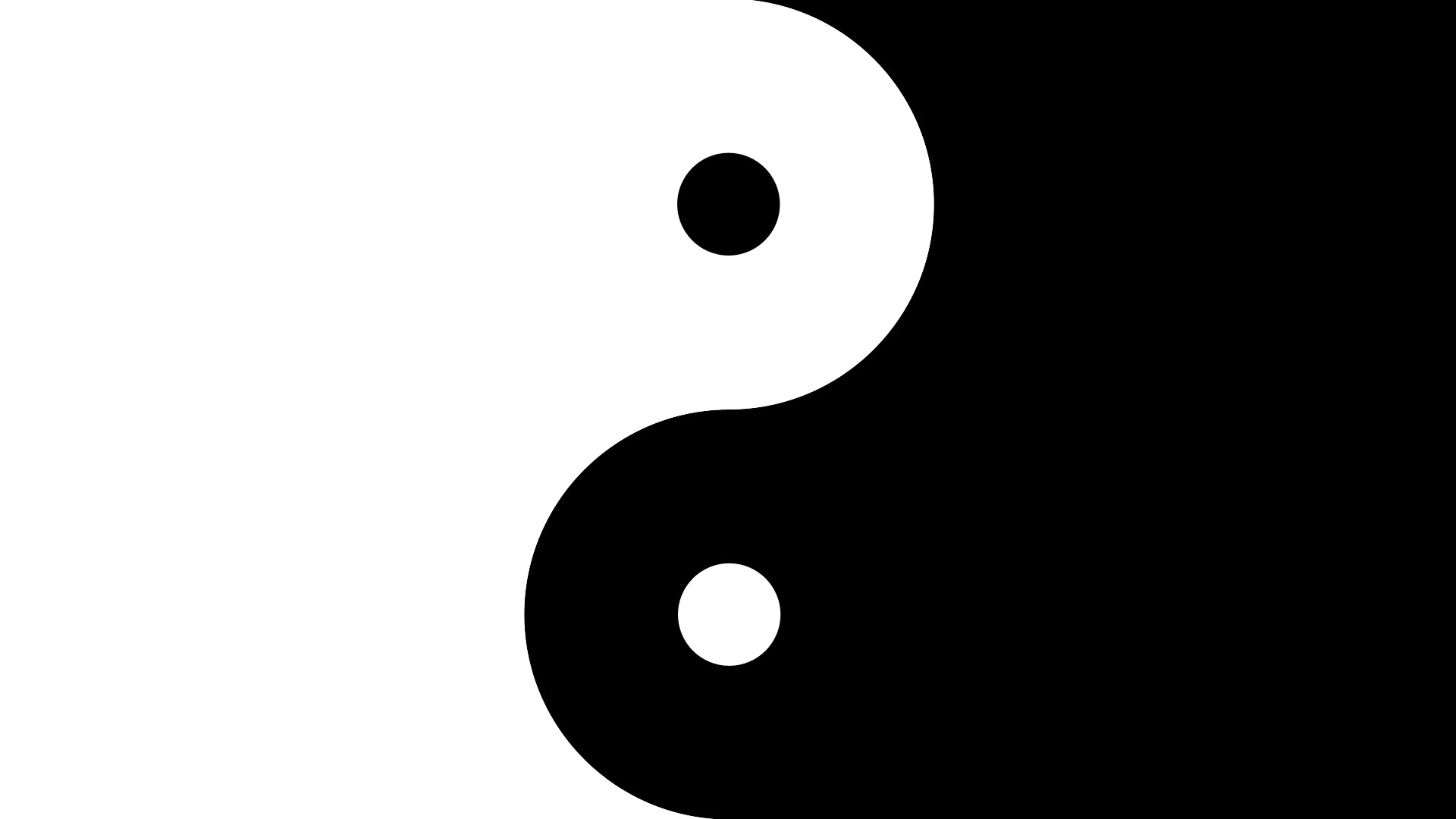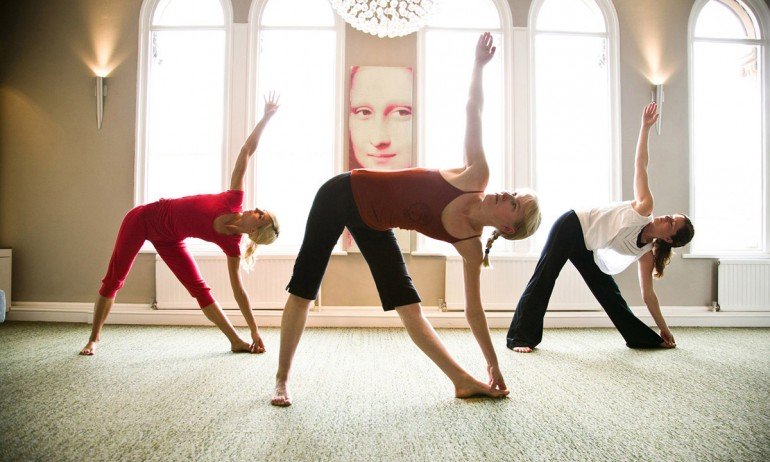The Anatomy of Nose Breathing
Why is Nose Breathing Important? Nose breathing is the most essential part of yoga. It is also poorly understood in modern culture. Breathing through the nose is physiologically much different than breathing through the mouth; there is far more space in your nasal cavity than in your mouth to start. There is also a filtration … Read more









